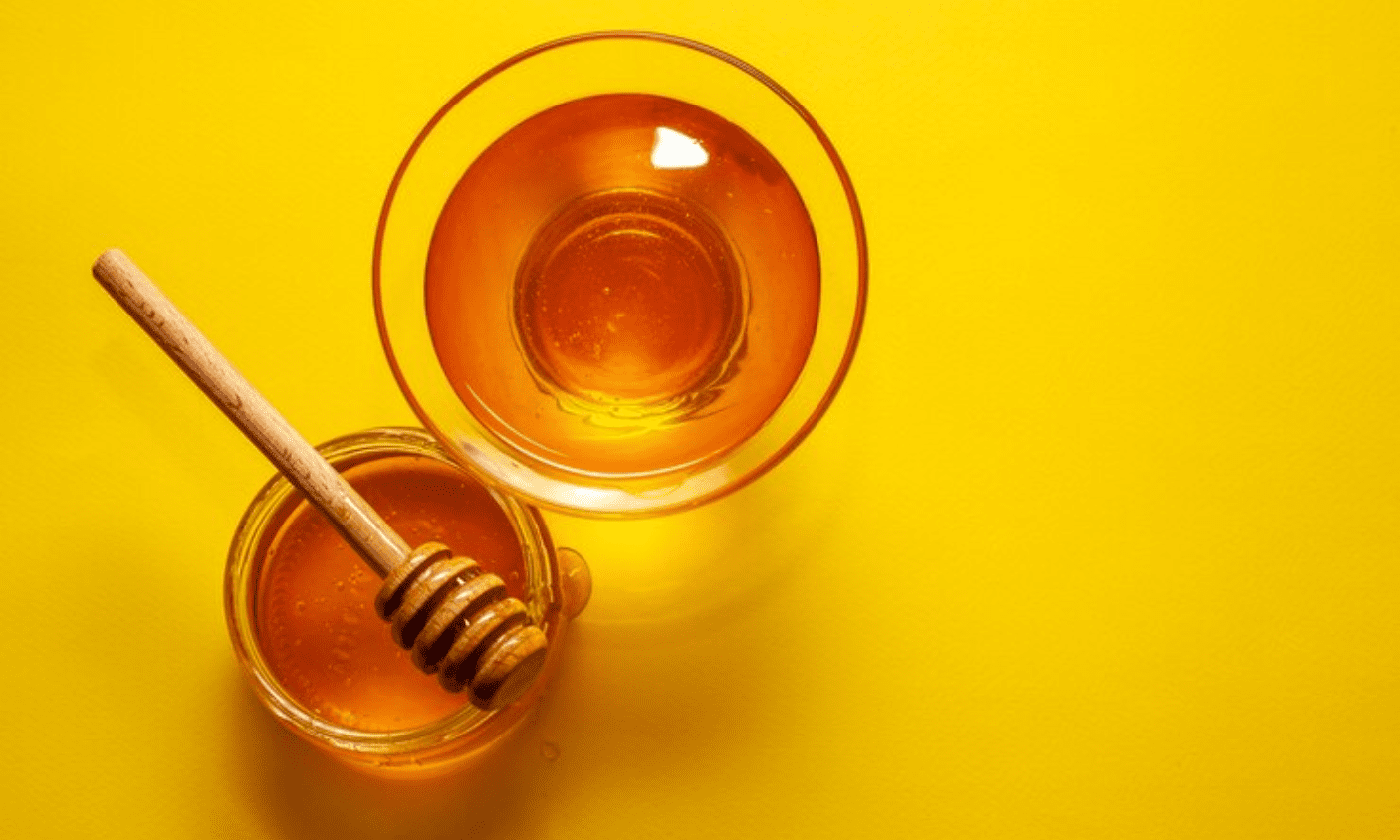

How to Store Honey for Maximum Freshness
Honey is a remarkable substance, cherished not only for its sweetness but also for its extensive shelf life. With the right storage techniques, you can maintain honey’s flavor, aroma, and nutritional benefits for years. In this guide, we will discuss the best practices for storing honey to ensure it remains fresh and delicious.
The Longevity of Honey
One of the most intriguing features of honey is its ability to last indefinitely when stored properly. Archaeologists have found pots of honey in ancient tombs that are thousands of years old and still edible. This incredible longevity is primarily due to honey’s low moisture content and acidic nature, which inhibit the growth of microorganisms. However, improper storage can lead to changes in texture and flavor.
Best Practices for Storing Honey
- Choose the Right Container
The container you select for storing honey is crucial. Here are some options:
- Glass Jars: Glass is an ideal storage material for honey. It’s inert, non-porous, and doesn’t interact with honey, ensuring that its flavor remains unchanged.
- Food-Grade Plastic: If you prefer plastic, ensure it’s food-grade and free from harmful chemicals like BPA. While convenient, plastic can sometimes absorb flavors over time.
- Avoid Metal Containers: Metal can react with honey, potentially altering its taste and quality. It’s best to keep honey in glass or plastic containers.
- Keep It Sealed Tightly
To prevent moisture from seeping in and to avoid contamination, always keep your honey jar tightly sealed. Exposure to air can lead to fermentation, which adversely affects honey’s flavor and consistency.
- Store in a Cool, Dark Place
Honey is best stored in a cool, dark environment. The ideal temperature range is between 50°F and 70°F (10°C to 21°C). A pantry or cupboard away from direct sunlight and heat sources is perfect. Excessive heat can degrade honey’s quality over time.
- Avoid Refrigeration
While it might be tempting to refrigerate honey to extend its shelf life, this can lead to crystallization. Cold temperatures encourage the formation of sugar crystals, changing honey’s texture. If crystallization happens, you can gently warm the honey to return it to a liquid state, but avoid high heat to preserve its beneficial properties.
Understanding Honey Crystallization
Crystallization is a natural phenomenon in honey, influenced by its glucose content. Some types of honey crystallize faster than others; for example, wildflower honey may remain liquid longer than clover honey.
How to Decrystallize Honey
If your honey has crystallized, here are a couple of methods to restore it:
- Warm Water Bath: Place the jar in a bowl of warm (not boiling) water. Stir occasionally until the crystals dissolve. This gentle method helps maintain honey’s quality.
- Microwave Method: If you’re short on time, transfer honey to a microwave-safe container and heat it in short bursts—15 seconds at a time—stirring in between until it returns to a liquid state. Be cautious not to overheat.
Additional Tips for Optimal Storage
- Prevent Contamination
When using honey, always use clean utensils to avoid introducing bacteria or moisture. Double-dipping can compromise honey’s quality.
- Regularly Check for Quality
Even though honey has a long shelf life, it’s wise to inspect it periodically. Look for changes in color, smell, or texture. If you notice any off-putting odors or signs of spoilage, it’s better to err on the side of caution and discard it.
- Consider Vacuum Sealing
For those looking to store honey for an extended period, vacuum sealing can be a great option. This method removes air from the container, reducing oxidation and moisture exposure.
- Label and Date Your Honey
If you have multiple jars of honey, label them with the purchase date. This practice helps you keep track of freshness and use older jars first.
The Benefits of Proper Honey Storage
Proper storage not only preserves honey’s taste and texture but also retains its health benefits. Honey is rich in antioxidants and can provide various health advantages. By following these storage guidelines, you ensure that you enjoy the full benefits of this natural sweetener.
Conclusion
In conclusion, honey is a unique food that can last for years, but proper storage is essential to maintain its quality. By choosing the right container, sealing it tightly, storing it in a cool, dark place, and avoiding refrigeration, you can enjoy the delicious sweetness of honey for a long time.
Whether you use honey in your beverages, baking, or as a natural remedy, these tips will help you make the most of this wonderful product. So stock up on your favorite varieties and savor the benefits of well-stored honey!